Rustcollector
32 Cal.
- Joined
- Dec 27, 2011
- Messages
- 7
- Reaction score
- 0
I have waited many years to inherit this gun from my late grandfather and I finally have. It looks to me to be some version of the Kentucky Long Rifle. It has been in my family since it was new! I am the only grandson/relative that had any interest in history so it ended up with me.
According to my late grandad, this gun was owned by his ancestors, in particular one who was a bounty hunter before the civil war. He said that the family wasn't too proud of the relative but admired the gun. I have no documentation on this story, but supposively someone(s) met their fate at the end of this gun over 150 years ago. Family legend has it was run-away slaves or yankees when the gun was used in the war of northern aggression. I have no idea for sure. The gun has been in Georgia and Alabama for most of its life I believe.
Anyway, the only markings/name I can find on the rifle is the name "Robbins". The rifle is missing some parts and is rusty. It has been hanging on the wall in my grandparent's house for the last 52 years. The barrel has a plug in it. I remember asking my grandad about that and he told me it was put in there in the 1890s because his dad and uncles(who were kids then) tried to load and fire it. It is pretty beat up but relatively intact. The nipple for percussion caps looks like it could have been added to the rifle, maybe this was originally flintlock? I am a novice at these type of guns, so I need help. Trying to learn all I can, being that I'm a history buff but I've never owned anything this old before.
Rifle measures approx. 57" long
Barrel Lenght: 41.25" long
Brass strap added to reinforce crack in stock.
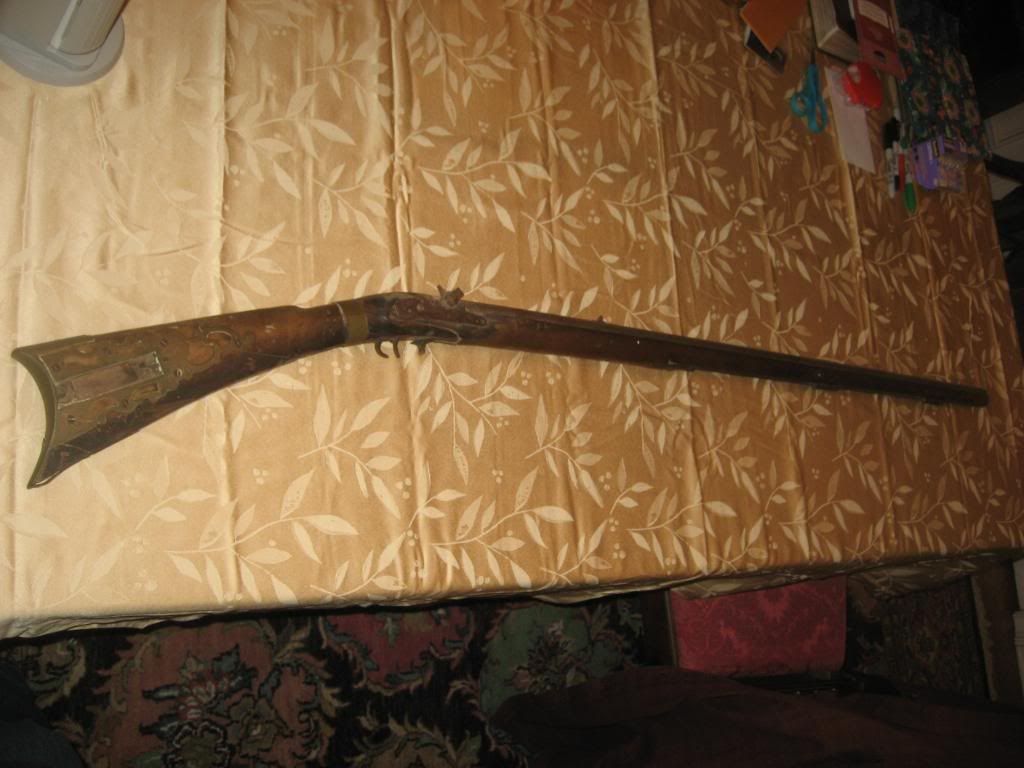
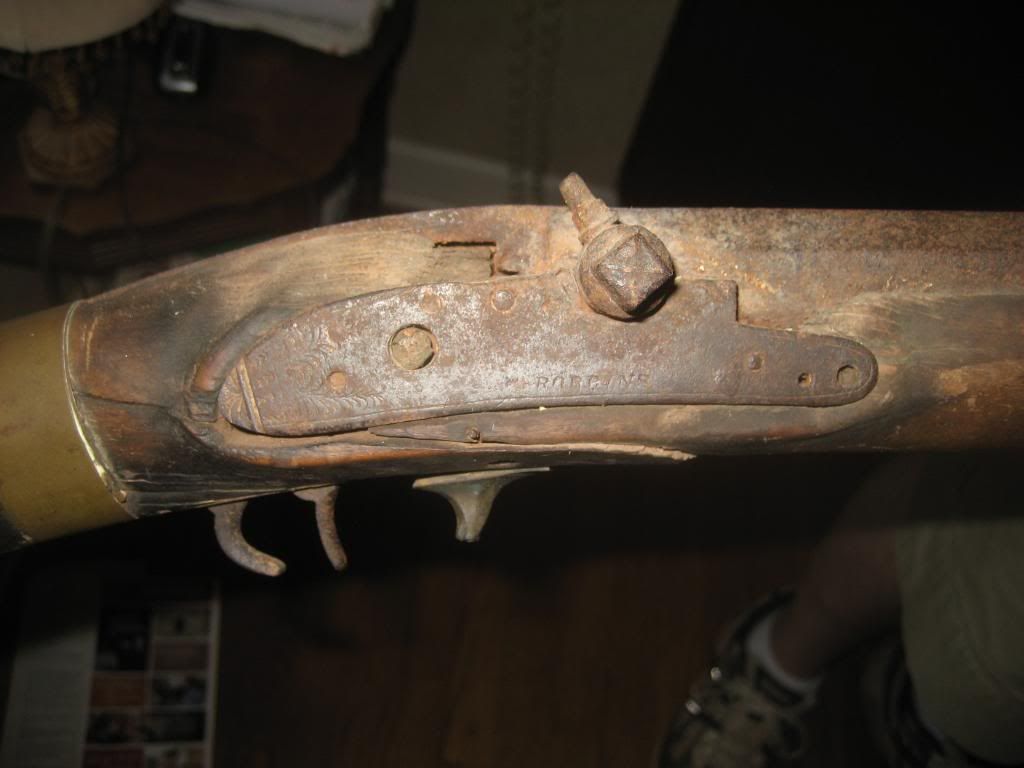

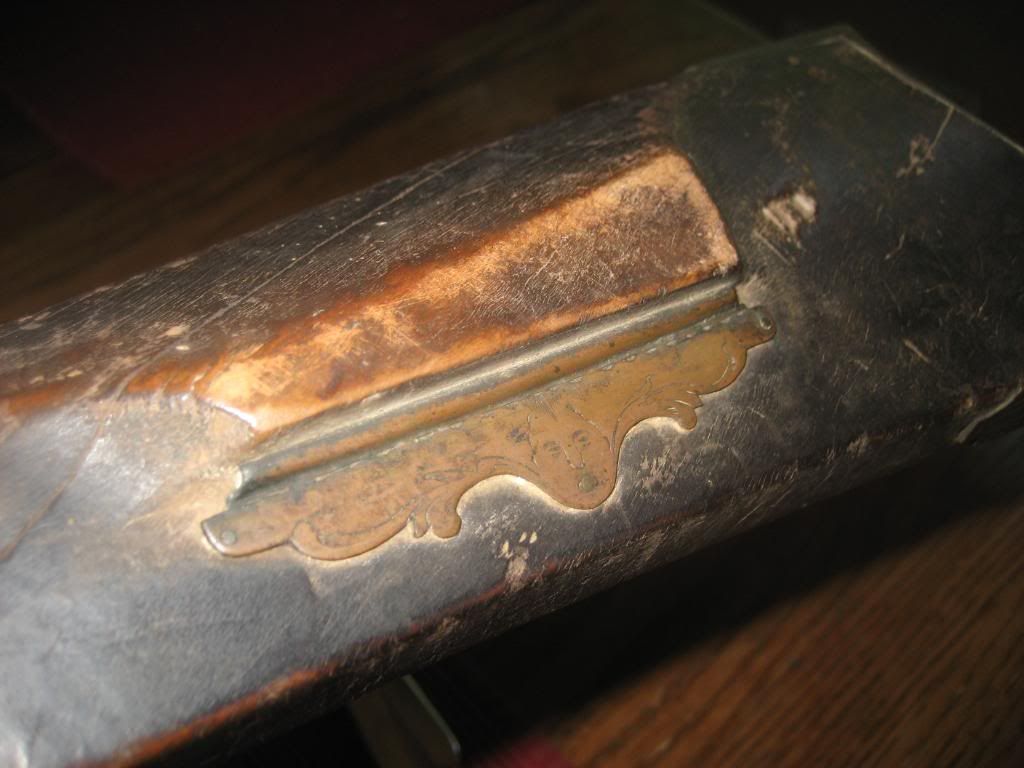

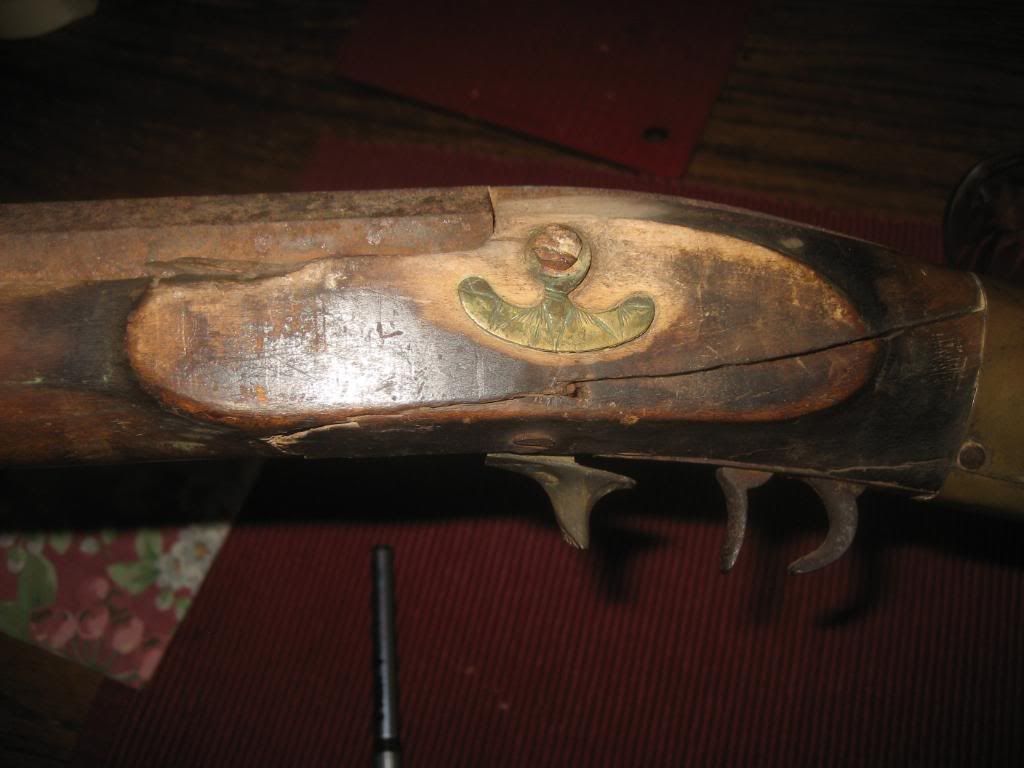

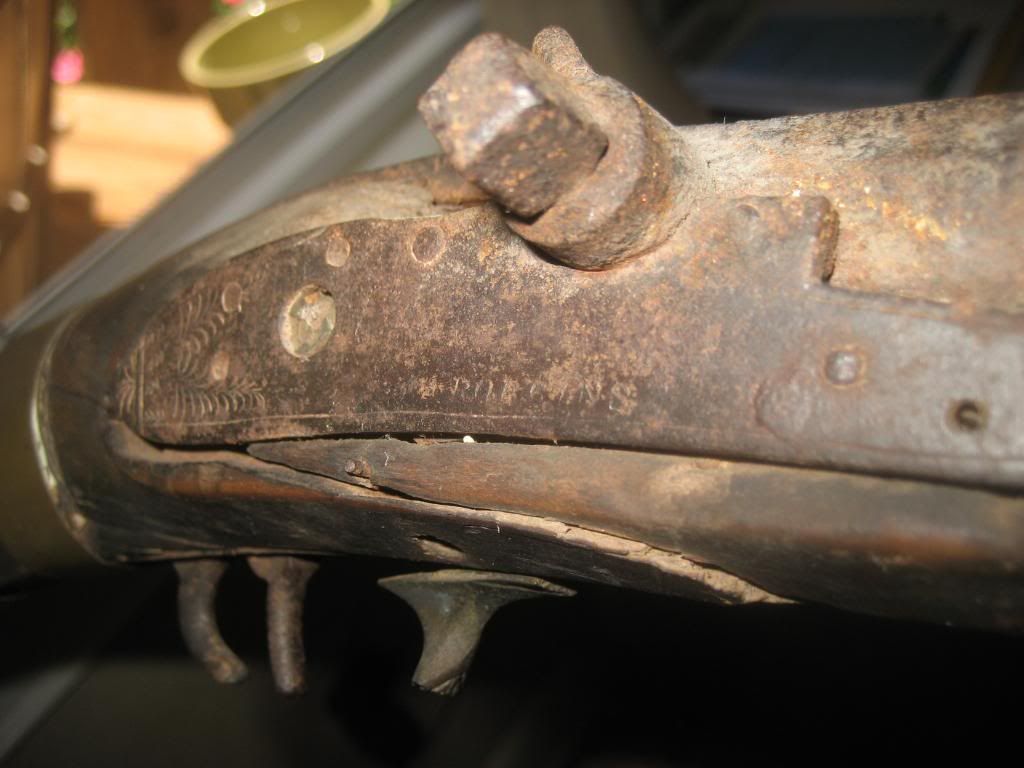
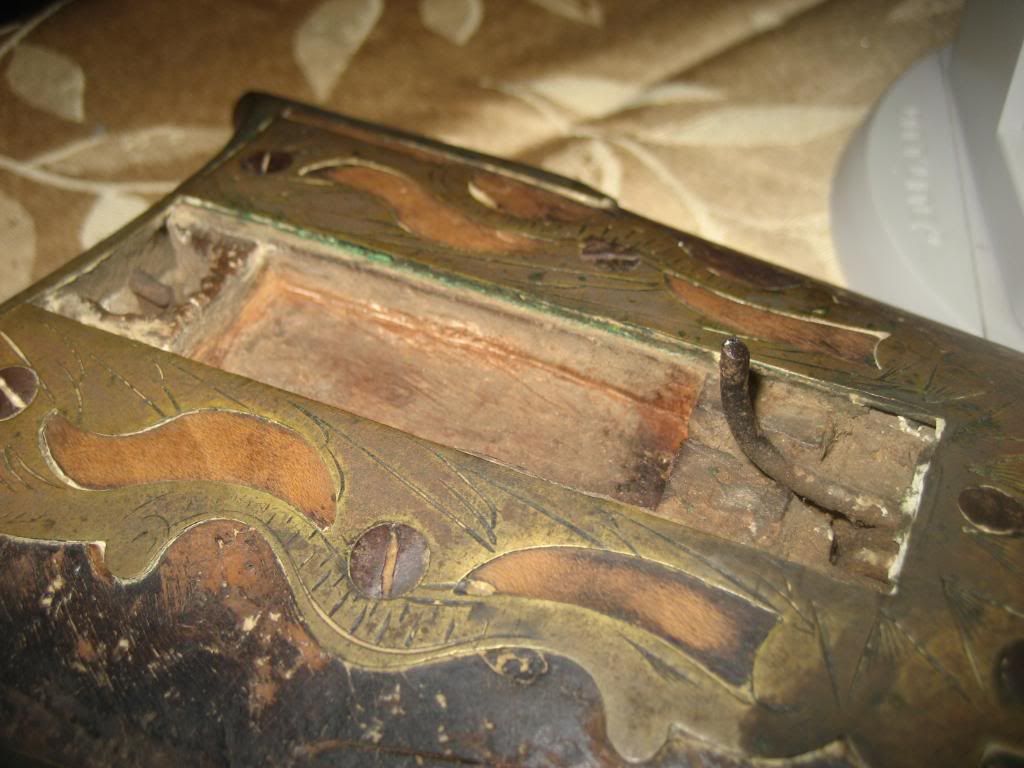
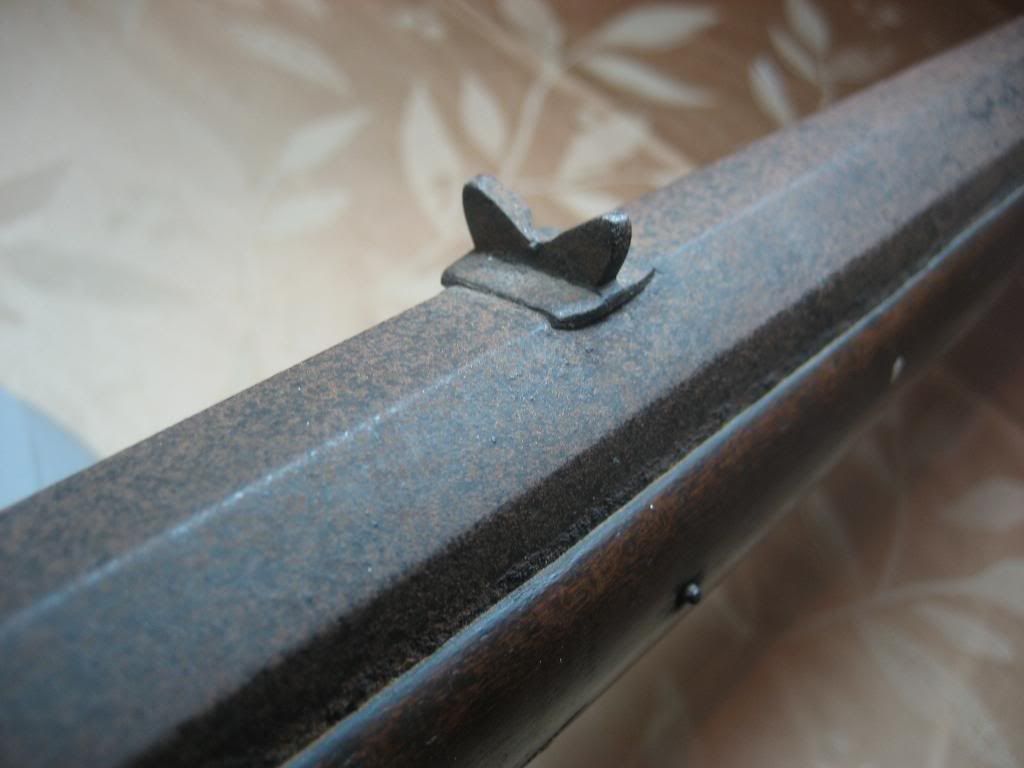
More photos: http://s782.photobucket.com/albums/yy108/Banjomountain/Kentucky Long Rifle/
According to my late grandad, this gun was owned by his ancestors, in particular one who was a bounty hunter before the civil war. He said that the family wasn't too proud of the relative but admired the gun. I have no documentation on this story, but supposively someone(s) met their fate at the end of this gun over 150 years ago. Family legend has it was run-away slaves or yankees when the gun was used in the war of northern aggression. I have no idea for sure. The gun has been in Georgia and Alabama for most of its life I believe.
Anyway, the only markings/name I can find on the rifle is the name "Robbins". The rifle is missing some parts and is rusty. It has been hanging on the wall in my grandparent's house for the last 52 years. The barrel has a plug in it. I remember asking my grandad about that and he told me it was put in there in the 1890s because his dad and uncles(who were kids then) tried to load and fire it. It is pretty beat up but relatively intact. The nipple for percussion caps looks like it could have been added to the rifle, maybe this was originally flintlock? I am a novice at these type of guns, so I need help. Trying to learn all I can, being that I'm a history buff but I've never owned anything this old before.
Rifle measures approx. 57" long
Barrel Lenght: 41.25" long
Brass strap added to reinforce crack in stock.










More photos: http://s782.photobucket.com/albums/yy108/Banjomountain/Kentucky Long Rifle/
Last edited by a moderator:





